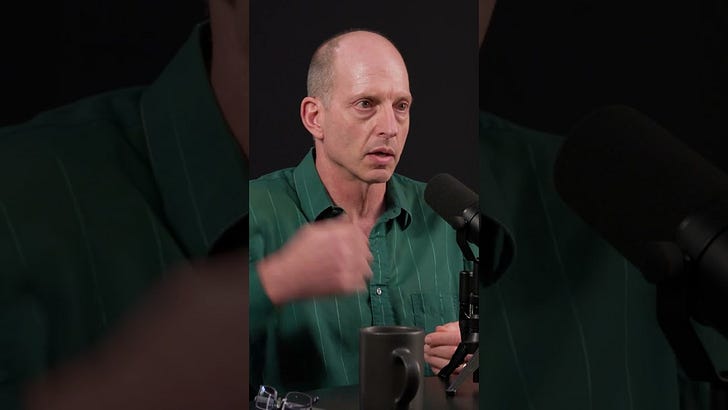Dr. John Kruse's Complete Guide to ADHD Treatment
ADHD isn't just about not paying attention - it's about struggling to control where your attention goes. According to Kruse, there are 18 different symptoms of ADHD: nine related to hyperactivity and impulsivity, and nine related to inattention.
For adults to be diagnosed with ADHD, they need at least five symptoms that cause problems in multiple areas of life. These aren't just occasional behaviors everyone experiences, but persistent patterns that seriously disrupt daily functioning.
One fascinating aspect of ADHD is its strong genetic component. The heritability factor is around 0.8 - almost as strong as the genetic link for height or schizophrenia. This means ADHD tends to run in families, though environmental factors also play a significant role.
Kruse explains that non-ADHD brains are "importance-driven" while ADHD brains are "interest-driven." Someone without ADHD might do boring tasks like taxes because they know they're important. People with ADHD struggle with these tasks unless they find them genuinely interesting.
This explains why many with ADHD can actually hyperfocus on activities they find engaging. It's not that they can't focus at all - they just have trouble controlling where their attention goes. When something truly interests them, they might focus so intensely they lose track of time completely.
The COVID pandemic created a perfect storm for ADHD symptoms. Working from home meant less external structure (no commute times, no colleagues checking in) while also increasing demands (managing your own schedule, possible distractions from family). As a result, ADHD diagnoses and stimulant prescriptions increased dramatically.
People with ADHD often find certain work environments better suited to their brain type. Kruse suggests that rather than having one 50-year career, many with ADHD thrive by having several shorter careers that follow their evolving interests.
Time perception differs in people with ADHD. They tend to be less accurate at estimating how much time has passed. As Huberman mentions, some describe it as knowing the difference between "now" and "not now" without tracking time the way others do.
Interestingly, some research indicates ADHD might be primarily a circadian rhythm disruption. One study found that bright light therapy in the morning improved ADHD symptoms even in people without depression. This suggests getting internal rhythms in sync might be essential for managing ADHD.
Whether through medication, behavioral strategies, or environmental adjustments, understanding how the ADHD brain works is key to finding effective treatments. The goal isn't to "fix" someone with ADHD, but to help them find ways to thrive with their unique brain wiring.



